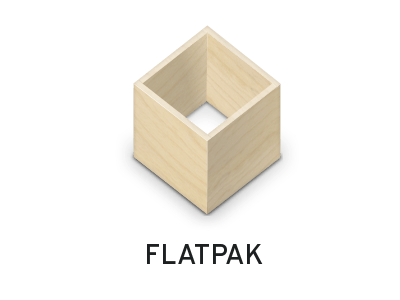How To Install Flatpak on openSUSE

In this tutorial, we will show you how to install Flatpak on openSUSE. Flatpak is an advanced package management system that allows developers to build and distribute desktop applications in a platform-independent manner. It enables applications to be bundled with their required libraries and dependencies, ensuring a seamless and consistent user experience across different Linux distributions. Flatpak packages, known as “bundles,” are self-contained and isolated from the host system, providing a secure and sandboxed environment for running applications.
One of the key advantages of Flatpak is its ability to install multiple versions of the same application simultaneously. This feature proves invaluable for users who require different versions of an application for specific tasks or compatibility reasons. Flatpak was developed by an independent community and was originally created by Alexander Larsson, a prominent figure in the Linux community.
This article assumes you have at least basic knowledge of Linux, know how to use the shell, and most importantly, you host your site on your own VPS. The installation is quite simple and assumes you are running in the root account, if not you may need to add ‘sudo‘ to the commands to get root privileges. I will show you the step-by-step installation of the Flatpak on openSUSE.
Prerequisites
- A server running one of the following operating systems: openSUSE (Leap or Tumbleweed)
- It’s recommended that you use a fresh OS install to prevent any potential issues.
- You will need access to the terminal to execute commands. openSUSE provides the Terminal application for this purpose. It can be found in your Applications menu.
- You’ll need an active internet connection to download Flatpak and its dependencies.
- You’ll need administrative (root) access or a user account with sudo privileges.
Install Flatpak on openSUSE
Step 1. It’s also essential to ensure that your system is up-to-date. To update your openSUSE system, open a terminal and run the following command:
sudo zypper refresh sudo zypper update
Step 2. Installing Flatpak on openSUSE.
For users who prefer the command line, installing Flatpak is just as simple. Open a terminal and execute the following command:
sudo zypper install flatpak
Enter your system password when prompted and press Enter. Zypper, the package manager for openSUSE, will handle the installation of Flatpak and its dependencies.
To access the extensive collection of Flatpak applications available on Flathub, you need to add the Flathub repository to your system. Run the following command in the terminal:
flatpak remote-add --if-not-exists flathub https://flathub.org/repo/flathub.flatpakrepo
This command adds the Flathub repository to your Flatpak configuration, enabling you to browse and install applications from Flathub.
After installing Flatpak and adding the Flathub repository, it is recommended to restart your openSUSE system to ensure that all the necessary components are properly initialized. Once your system restarts, you are ready to start using Flatpak to install and manage applications.
Step 3. Using Flatpak to Install Applications.
With Flatpak installed on your openSUSE system, you can now easily search for, install, and manage applications. Flatpak provides a set of command-line tools that simplify these tasks.
- Searching for Applications
To search for available Flatpak applications, use the Flatpak search command followed by the name or keyword of the application you are looking for. For example:
flatpak search gimp
This command will display a list of Flatpak applications matching the search term “gimp.”
- Installing Applications
Once you have found the desired application, you can install it using the flatpak install command followed by the repository name and the application ID. For example, to install GIMP from the Flathub repository, run:
flatpak install flathub org.gimp.GIMP
Flatpak will download and install the application along with its necessary dependencies.
- Launching Installed Applications
To launch an installed Flatpak application, use the Flatpak run command followed by the application ID. For example:
flatpak run org.gimp.GIMP
- Updating and Managing Flatpak Applications
Flatpak provides convenient commands for updating and managing installed applications. To update all installed Flatpak applications, run:
flatpak update
To remove an installed application, use the flatpak uninstall command followed by the application ID:
flatpak uninstall org.gimp.GIMP
To list all installed Flatpak applications, use the flatpak list command:
flatpak list
- Resetting Application Permissions
Flatpak allows you to reset the permissions granted to an installed application. This can be useful if you want to revert an application to its default permissions. To reset the permissions for an application, use the flatpak permission-reset command followed by the application ID:
flatpak permission-reset org.gimp.GIMP
Congratulations! You have successfully installed Flatpak. Thanks for using this tutorial for installing the Flatpak on your openSUSE system. For additional or useful information, we recommend you check the official Flatpak website.